Results show great potential to combat Francisellosis and Streptococcosis in Brazil’s aquaculture industry
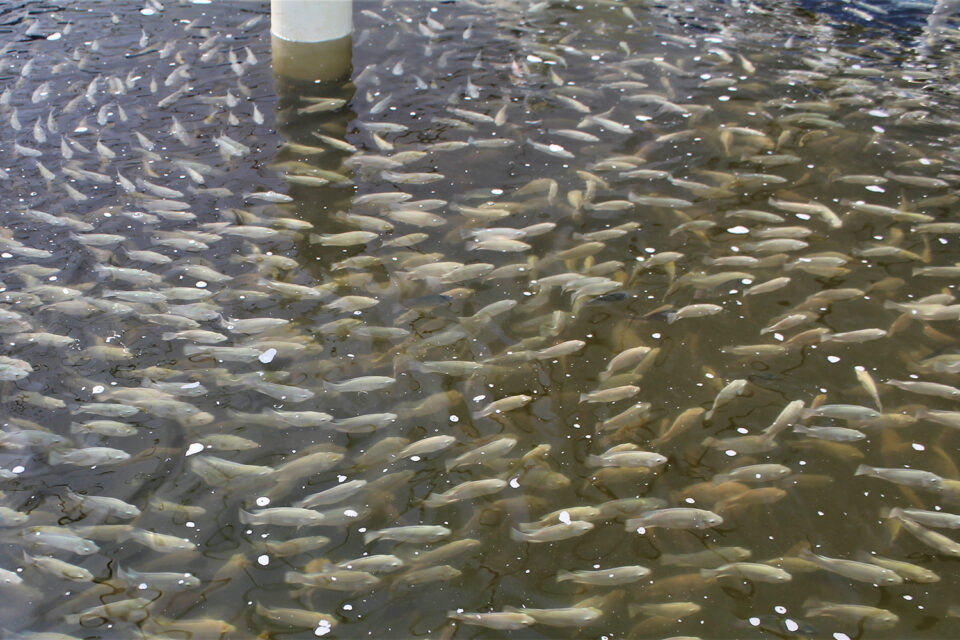
The Nile tilapia (Oreochromis niloticus) is one of the most important fish species cultured worldwide: It is estimated that the culture of this species is very important for the economy of 135 countries worldwide and it is the most-produced fish in Brazil.
Brazil is estimated to lose around (U.S.) $84 million every year in its freshwater fish farming industry due to various diseases, with bacteriosis being the most important contributing illness. Bacteriosis diseases such as Streptococcosis and Francisellosis are known to cause high mortality rates in fish. Antimicrobials can be used as treatment and prophylaxis for these diseases; however, the indiscriminate use of antibiotics promotes the selection of drug-resistant or multi-resistant bacteria, in addition to their potential risk to the environment and public health.
Therefore, the use of probiotics as an alternative strategy has been receiving increasing attention worldwide for tilapia aquaculture. Probiotics are live microorganisms that, when administered in adequate amounts, confer health benefits to the host. Several microorganisms, including various bacteria, have been used as probiotics in fish farming, including species of the genera Lactobacillus, Lactococcus, Leuconostoc, Enterococcus, Carnobacterium, Shewanella, Bacillus, Aeromonas, Vibrio, Enterobacter, Pseudomonas, Clostridium and Saccharomyces species. Probiotics, either alone or combined with supplements, can improve various immunological responses in fish.
Studies have shown that the efficacy of probiotics is highest in the host species from which they are isolated. This is because the strains can perform better as they have already adhered to the gut wall of the fish and are well adapted to compete with the pathogens. Most studies on probiotics isolated from other species or geographic regions may interfere with their mode of action. When the probiotic is isolated from the host itself, the chances of colonization/adhesion and its beneficial effects increase. In this context, the objective is to develop alternative methods for rearing tilapia to avoid the high use of antibiotics.
This article – adapted and summarized from the original publication [Suphoronski. Et al. 2021. Effect of Enterococcus faecium as a Water and/or Feed Additive on the Gut Microbiota, Hematologic and Immunological Parameters, and Resistance Against Francisellosis and Streptococcosis in Nile Tilapia (Oreochromis niloticus). Front. Microbiol., 01 October 2021] – reports on a study to investigate the use of the bacterium Enterococcus faecium as a probiotic supplemented in the diet and water of O. niloticus to improve fish health and determine the effects of this probiotic on the intestinal microbiome, growth rates and zootechnical parameters of Nile tilapia.
Study setup
In this study, we evaluated the effects of administering Enterococcus faecium in food and/or water on the hematological and immunological parameters, intestinal microbiota, resistance to bacterial diseases (Streptococcosis and Francisellosis) and growth of Nile tilapia.
A total of 405 Nile tilapia were obtained from a commercial hatchery in the State of Paraná (Brazil), with an initial weight of 11.93 ± 0.59 grams, and stocked in 150-liter tanks with heated water with continuous renewal. Before the in vivo experiment, probiotic bacteria isolated from Nile tilapia were selected via inhibition tests. Various aspects of the assembly of the complete genome of the selected bacteria as well as other tests were performed using bioinformatics tools. Three treatments were implemented: G1 (probiotic feeding), G2 (probiotic in water), and G3 (probiotic in food and water); and a negative control (NC) was also used. The study lasted 38 days, and the experimental fish were divided and infected with Streptococcus agalactiae S13 and Francisella orientalis.
For detailed information on the experimental design, fish husbandry, probiotic bacteria selection, genome assembly, and basal diet; growth performance, blood sampling and innate immune analyses; and microbiome and statistical analyses, refer to the original publication.
Results and discussion
The use of probiotics in aquaculture is increasing and is considered as an eco-friendly approach to mitigate health-related problems in many cultured organisms. The disease-prevention ability of probiotics is achieved through the enhancement of immunity and exclusion of pathogens. To use a bacterium as a probiotic, tests are needed to verify its potential.
In our study, in vitro tests performed on the isolated Nile tilapia bacteria, Enterococcus faecium, revealed potential against pathogenic bacteria. Similar results were found by other researchers who reported that antibacterial activity in Nile tilapia intestinal bacteria was observed against the pathogens Aeromonas sobria, A. hydrophila, Pseudomonas aeruginosa, P. putida and Staphylococcus aureus. Other studies reported isolating E. faecium from the digestive tract of juvenile cichlid fish and finding an antagonism to S. aureus, P. aeruginosa, E. coli and A. hydrophila, which demonstrate the probiotic potential of this bacterium in different fish species.
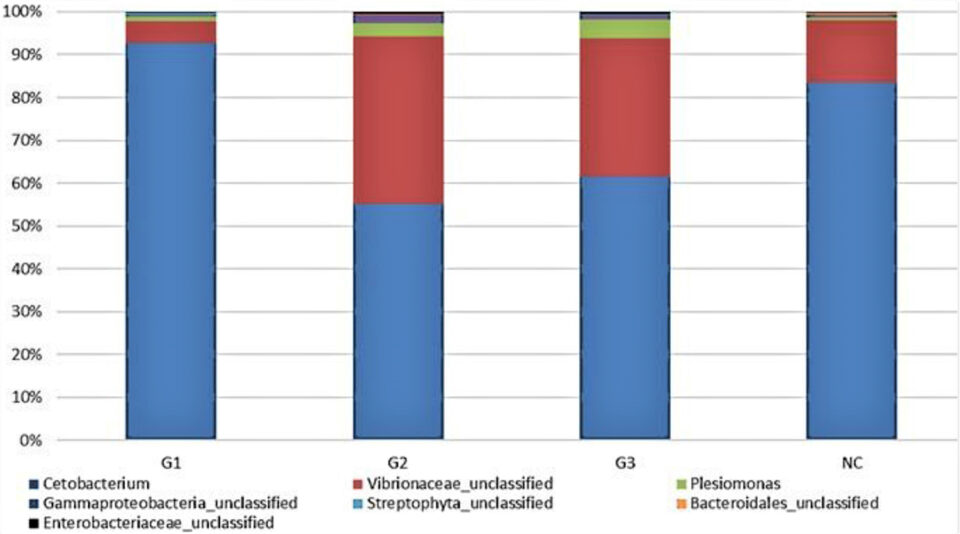
Regarding fish performance in our study, group G1 had a significant increase in final average weight and specific growth rate; however, the average weight of all groups did not differ. Other authors reported evaluating juvenile rainbow trout that received different doses of E. casseliflavus for eight weeks and determining that the highest dose groups had significantly improved growth parameters. These findings suggest that increasing the probiotic dose may improve performance.
Our results for blood analysis showed that thrombocyte counts [important for immunological responses] were higher in the G1 group, with statistical differences found between G2 and NC. Our data suggest that fish administered probiotics in feed have a more stimulated immune system than fish receiving probiotics in the water. There was no difference in the other hematological parameters between the groups.
The microbial community of the gastrointestinal tract is known to stimulate the development of the immune system and promote competition with pathogenic microorganisms. Moreover, they are fundamental for the integrity of intestinal villi [tiny projections on the internal wall of the small intestine, which aid in nutrient absorption] and ensure proper nutrient metabolism in fish.
Few studies have evaluated the intestinal community after probiotic supplementation. In our study, we observed that the genus Cetobacterium varied in abundance in the G1 and NC groups and were lower in the G2 and G3 groups than in the other groups. Cetobacterium is related to vitamin B12 synthesis and may aid in carbohydrate degradation through symbiotic microbial activity with digestive enzymes. This abundance in the G1 group is reflected in better growth performance of this group.
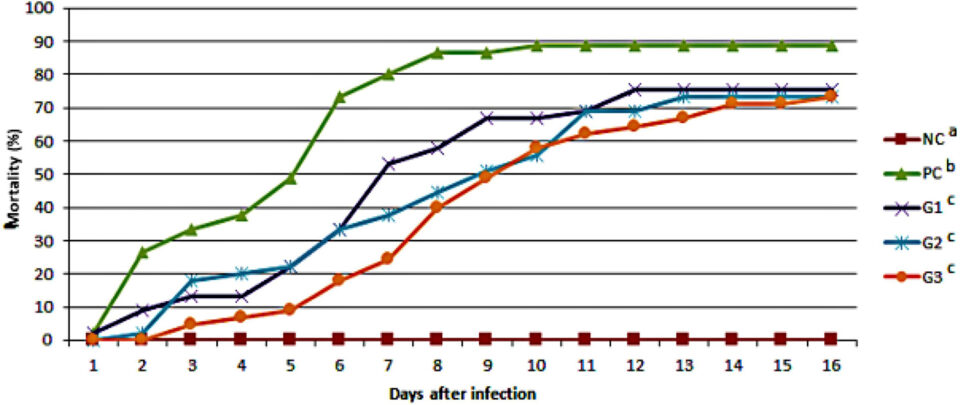
Perspectives
Our results demonstrated that E. faecium is a potential probiotic for use in tilapia aquaculture, as it provided better specific growth rate and reduced the mortality of fish challenged with S. agalactiae. The use of indigenous probiotics can benefit not only the fish and its microbiota, but also the aquatic community, because they are local bacteria already present in the environment.
Probiotics isolated in other regions and countries can negatively influence the local aquatic community. As an indigenous probiotic, E. faecium does not interfere with the local ecosystem and thus has a great probiotic potential for Nile tilapia in Brazil. Therefore, we recommend that further studies with other endemic probiotic bacteria should be carried out at different concentrations and dosages to better assess their potential in fish.
Now that you've reached the end of the article ...
… please consider supporting GSA’s mission to advance responsible seafood practices through education, advocacy and third-party assurances. The Advocate aims to document the evolution of responsible seafood practices and share the expansive knowledge of our vast network of contributors.
By becoming a Global Seafood Alliance member, you’re ensuring that all of the pre-competitive work we do through member benefits, resources and events can continue. Individual membership costs just $50 a year.
Not a GSA member? Join us.
Author
-
Ulisses de Padua Pereira, DVM
Corresponding author
Fish Bacteriology Laboratory, Department of Preventing Veterinary Medicine, State University of Londrina, Universidade Estadual de Londrina, Londrina, Brazil
Editor’s note: This article has nine co-authors but only the corresponding author is listed.
Tagged With
Related Posts
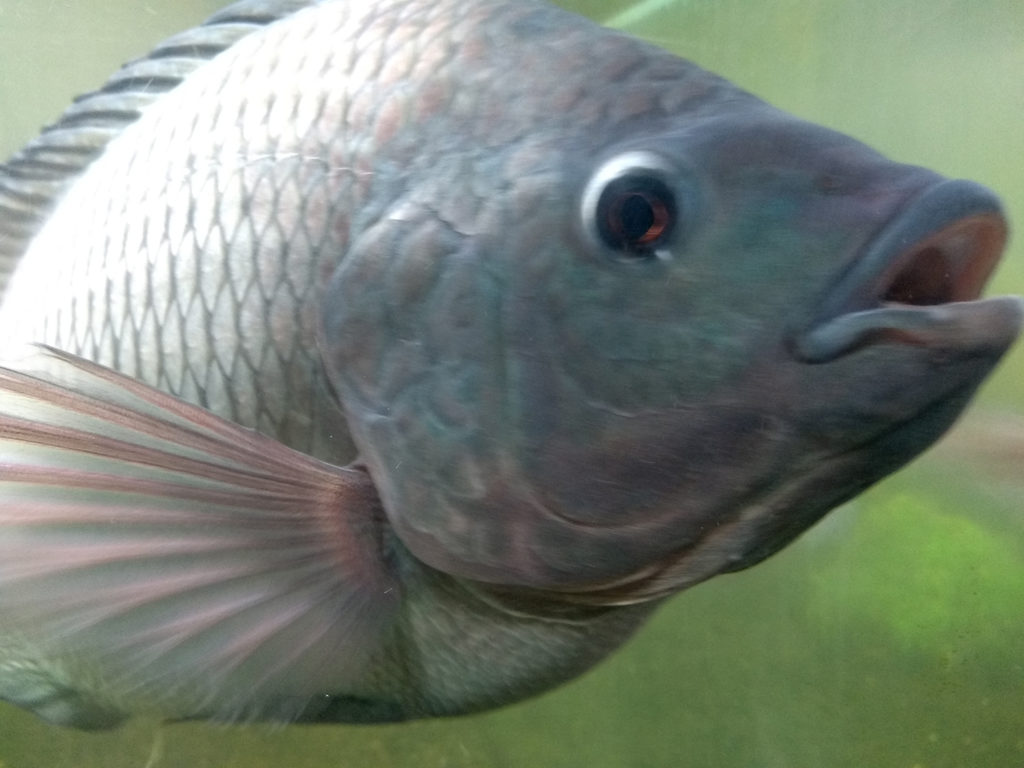
Health & Welfare
Advances in tilapia nutrition, part 1
This two-part review brings together scientific and field advances in tilapia nutrition and feeding to better support the formulation of feeds for better production performance.
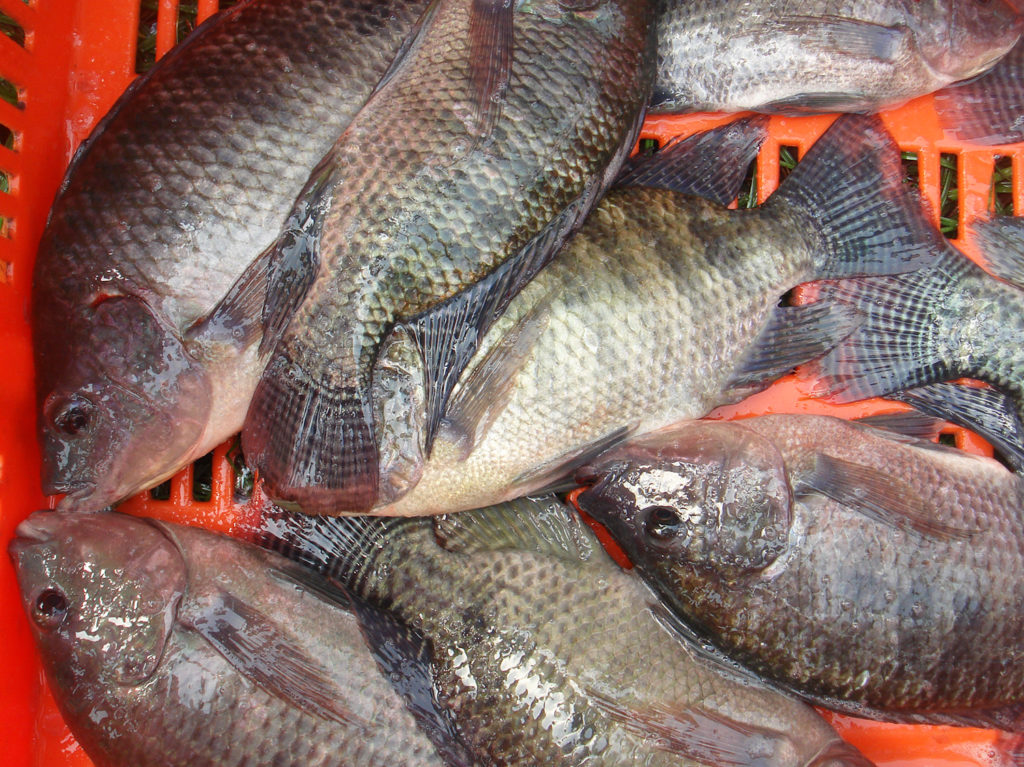
Health & Welfare
Characterizing the microbial community of farmed Nile tilapia in Colombia
Study characterizes the microbial community and dynamics of a continuous-flow competitive exclusion culture derived from gut microbiomes in Nile tilapia.
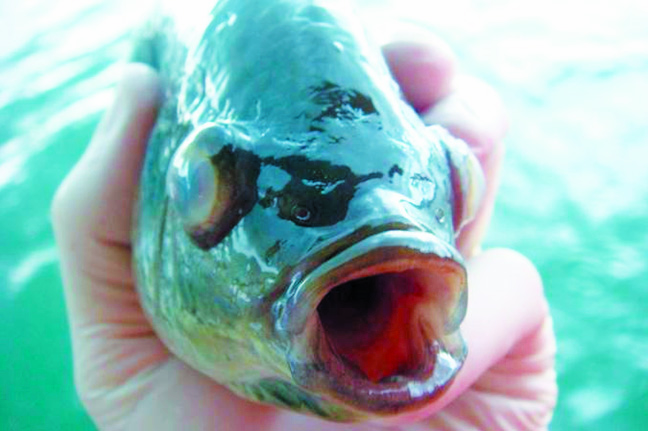
Health & Welfare
Streptococcosis in tilapia
Tilapia infected with streptococcosis pathogens exhibit similar clinical signs, including lethargy, abnormal swimming and lack of appetite.
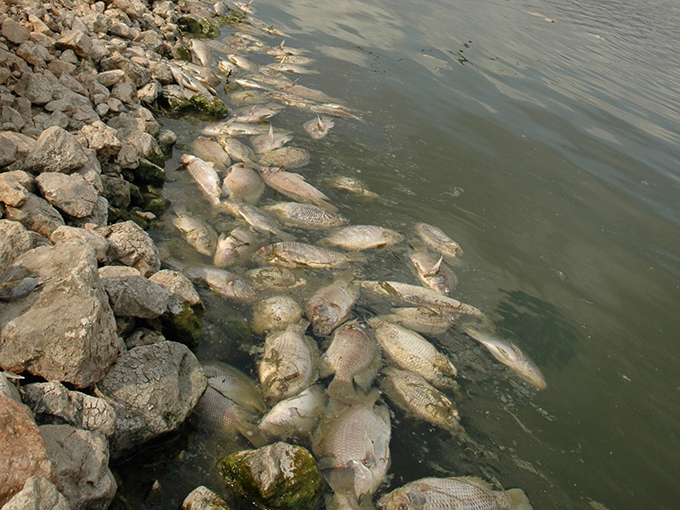
Health & Welfare
Sizing up TiLV and its potential impact on tilapia production
An international research effort has commenced to find a solution for Tilapia Lake Virus (TiLV), a contagion causing high rates of mortality in farmed and wild tilapia stocks in Israel, Colombia, Ecuador, Egypt and Thailand.



